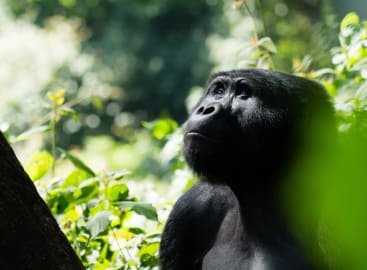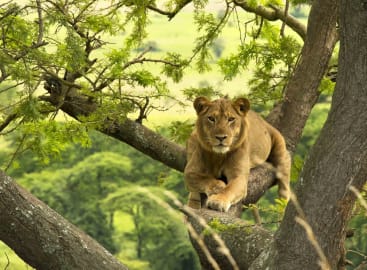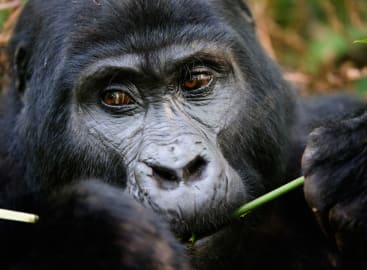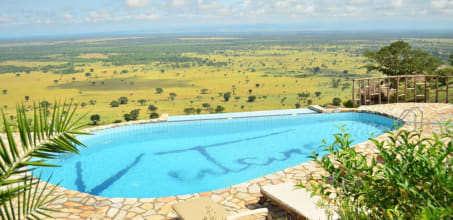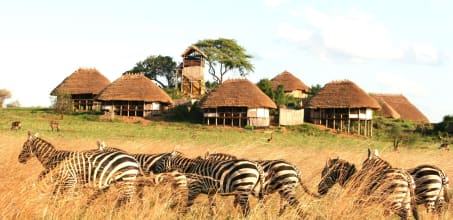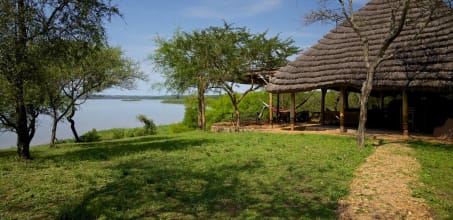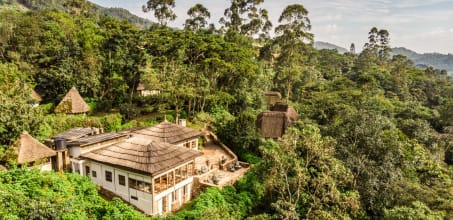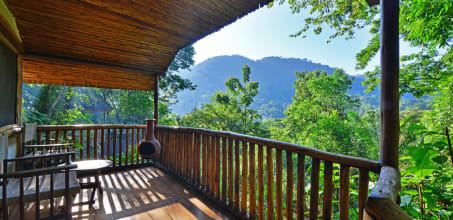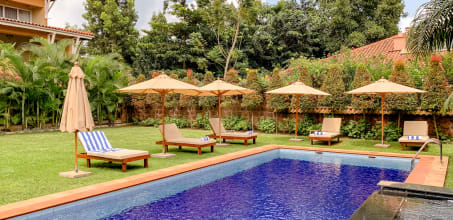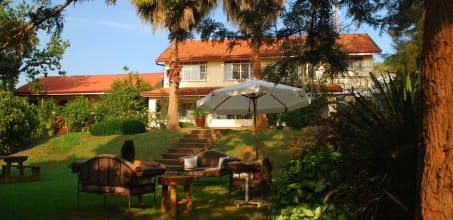Luxury Uganda Holidays 2024/2025
Uganda is situated on the equator and is known for varied habitats: flat savannah plains, lush verdant rainforest, great lakes and tall western mountains. The critically endangered and highly protected mountain gorillas inhabit the dense forests of Mgahinga and Bwindi. The National Parks: Lake Mburo and Murchison Falls offer visitors a safari experience in interesting and dramatic landscapes.

Uganda is a landlocked country situated on the equator, rich in biodiversity and varied in landscapes. It is a country of amazing topographical contrasts - from open savannah and dense forest through to tall, misty mountains.
The western part of the Great Rift Valley runs through western Uganda, with the beautiful mountain lakes of Albert and Edward providing catchment areas for the mountain rains and draining into the tributaries of the great Nile River.
The country is home to over 1000 species of birds and 338 recorded mammals. Uganda's protected areas and national reserves are also home to a superb array of tree species and breathtaking scenery. The most famous species is the Mountain Gorilla, now carefully protected in Uganda’s dense forests: in Bwindi National Park and Mgahinga National Park in south-west Uganda. A unique and beautiful species, there are less than 1000 left in the wild.
A Uganda holiday provides the chance of a once-in-a-lifetime sighting. Stay in a luxurious lodge on the edge of Bwindi National Park for stunning views across the forest canopy, and the chance to see these beautiful mountain gorillas, and many others animals, in their natural habitat.
Top Tours in Uganda
We’ve travelled the length and breadth of Uganda and tested every possible route to enable us to curate itineraries that work absolutely seamlessly, taking in the country’s many highlights at just the right pace. Packed with unique experiences and handpicked hotels, our trips deliver unforgettable travel moments.
Top Hotels in Uganda
Our specialists have travelled every inch of Uganda and stayed in countless hotels so that we can recommend only the very best ones to match your preferences. Whether you want to stay at the hottest property in the area or are looking for somewhere with rustic charm, our handpicked selection of hotels has every angle covered.
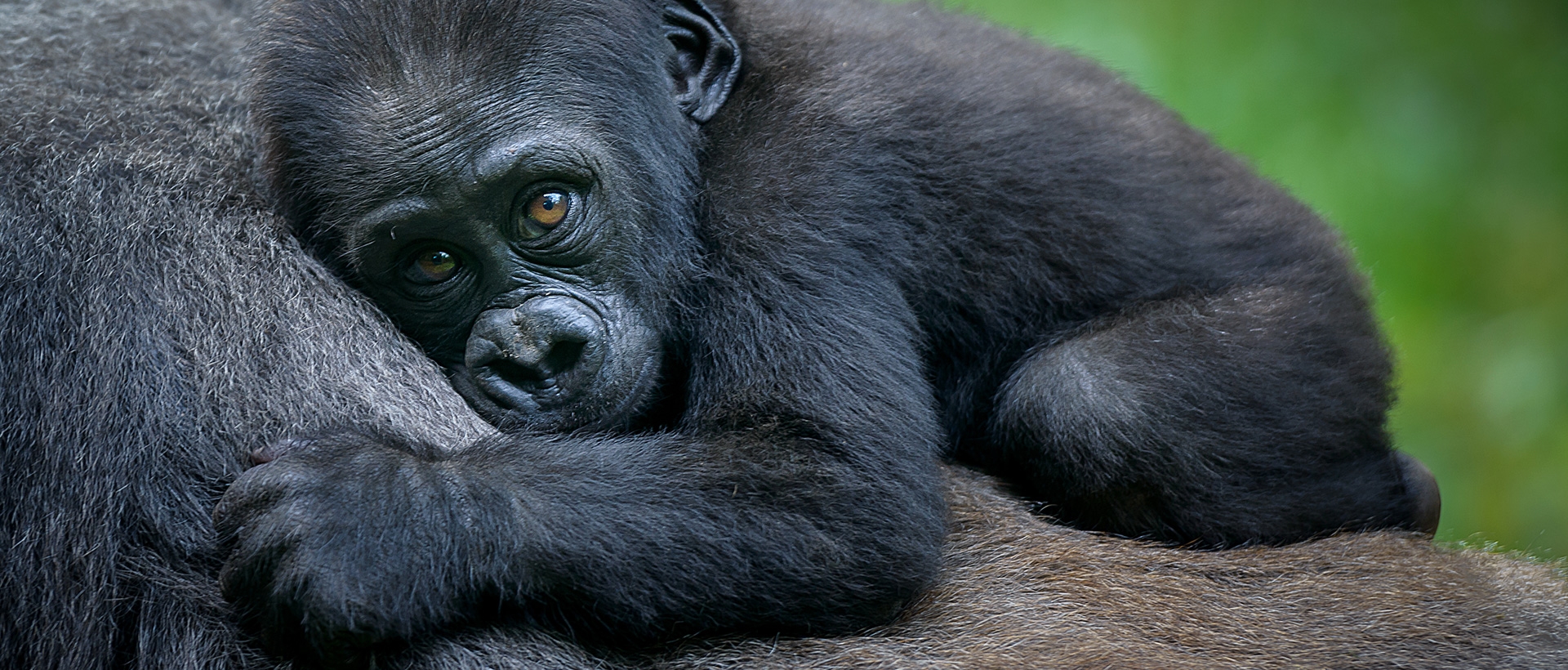
Our team of travel specialists are waiting to help you book your next adventure.
